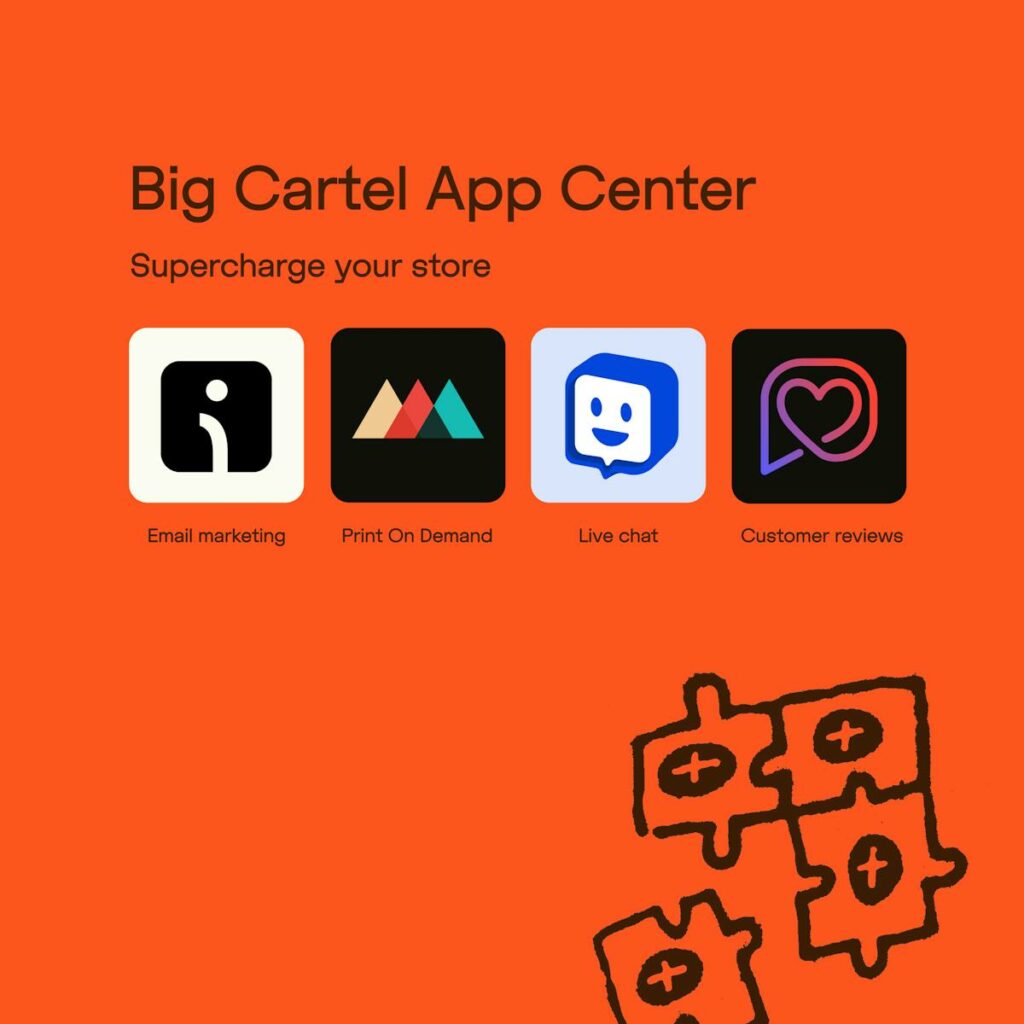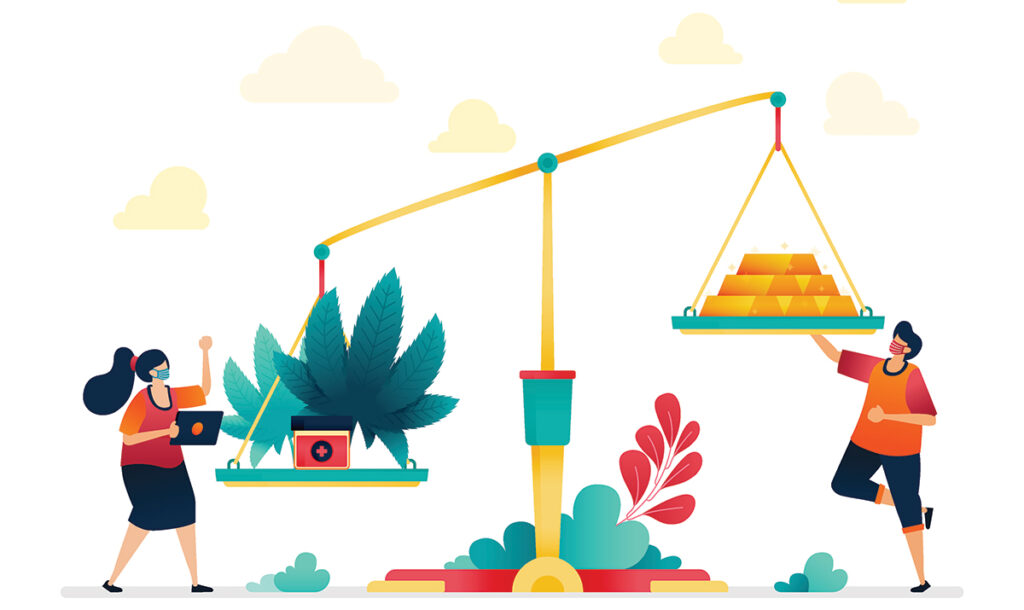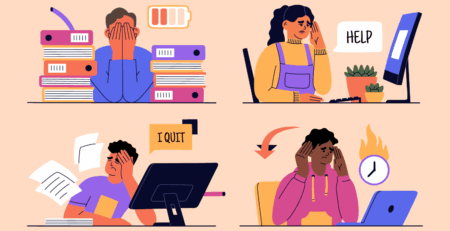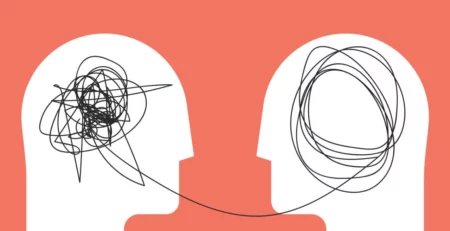Is it better to work in smaller segments or tackle tasks in one go? Research suggests that many full-time employees work beyond the standard 40-hour week. In fact, around 25% even use their lunch breaks for work, creating a culture of constant productivity. However, taking breaks brings significant benefits that often go overlooked.
Although no federal law mandates work breaks, some states require them. No matter the legal obligations, regular breaks can positively impact business by supporting employee health and productivity.
A strong, motivated team is good, but overworking can lead to burnout, reducing both morale and work quality. Teams that push through without breaks may seem highly productive in the beginning. But skipping lunch or breaks can harm both their well-being and company success.
This article will explore why lunch breaks are so important and share ways to encourage them in the workplace.
Table of Contents
Benefits of Taking Break
Taking breaks during work isn’t about avoiding burnout. It’s a practical way to keep energy levels high and maintain a productive rhythm. Research has shown that regular breaks increase job satisfaction, increase productivity, and support both mental and physical health. Many experts recommend taking breaks every 25 to 90 minutes, though finding the right timing depends on individual preferences. These pauses offer unique benefits that directly impact daily performance. Let’s take a look at some of them:
Reevaluating Daily Goals
Small breaks give employees a moment to pause and reflect on their goals. Even just 5 minutes every couple of hours can help realign priorities, especially in the face of unexpected interruptions. This reflection prevents losing sight of the day’s main objectives. Time to reevaluate can also help the mind absorb new information. One can approach tasks with a fresh perspective and keep the bigger picture in view. A quick break for setting intentions or reviewing progress can lead to better organization and, ultimately, a more effective workday.
Improving Focus on Core Tasks
Between constant emails, meetings, and minor interruptions, it’s easy to lose focus on the actual tasks that matter most. Taking a break acts like a reset button, clearing the mind and refocusing energy on top priorities. After a short rest, it’s easier to look into the next work block with new motivation. Studies suggest that pausing between long tasks helps improve focus, as the mind needs time to refresh. Remote workers, in particular, may benefit by using breaks to engage in brief home activities or take a short walk. This works toward work-life balance and mental clarity.
Reducing Physical Strain
For physical roles, regular breaks are important to avoid muscle strain or injury. Employees doing manual work, lifting, twisting, or bending, can rest muscles, reducing the risk of long-term issues. Desk jobs, while less physically demanding, also present health risks. Sitting for extended periods without movement can cause tight muscles, leading to tension or pain. Even a quick walk every hour can prevent these problems, keeping employees alert and comfortable. Similarly, looking away from screens can prevent eye strain and headaches. Brief stretches, moving around, and even deep breathing exercises give the body essential rest.

Creativity
Creativity often suffers when employees feel pressure to push through tasks without breaks. Taking time to step away can give the mind a chance to work in the background, solving problems more naturally. Often, ideas surface in moments of relaxation. Small breaks let employees approach problems from a fresh angle, making it easier to come up with creative ideas. This refreshed mindset benefits brainstorming, problem-solving, and innovative thinking. These are all important elements for growing in a workplace.
Reducing Stress Levels
With intense work demands, stress can build up quickly, harming productivity and well-being. Regular short breaks offer moments to decompress, bringing stress levels down to manageable levels. These moments of rest provide a chance for relaxation. One can do breathing exercises, stretch, or read a few pages of a book. Lower stress improves individual performance and contributes to a more positive work environment.
Engagement and Satisfaction
Encouraging employees to take breaks can lead to greater job satisfaction and engagement. Companies with a culture that supports regular breaks report that employees feel more valued and capable. Even a short lunch break helps in recharging, leading to employees who are 7% more likely to feel they are performing at their best.
Supporting Mental Health
The mind, just like the body, needs regular rest. Taking breaks encourages good mental health habits, giving employees time to recharge and return to tasks refreshed. Downtime helps lower stress, ease anxiety, and combat fatigue. Many business leaders highlight mental fatigue as a main issue affecting productivity and satisfaction. By taking breaks, employees can manage stress levels, keeping their minds in a healthier state. This leads to a more balanced approach to work, allowing employees to stay engaged without risking burnout.
Social Connections
Coffee breaks help strengthen social connections at work. When employees gather in shared spaces to enjoy coffee or tea, it creates a casual setting that makes conversation easier. This friendly atmosphere often leads to valuable interactions that build teamwork and trust. Conversations over coffee allow colleagues to share ideas, discuss challenges, or simply talk casually. This naturally encourages cooperation. Relationships formed during these breaks often go beyond work matters. Strong connections built during coffee breaks can improve communication, making it easier to seek help or share insights. These bonds can help create a positive work environment where support is easily available. The social value of coffee breaks adds to a sense of belonging.
How to Maximize Break Time
Here are some tips you can follow to maximize your break time:
Revitalize the Break Room
A welcoming break room can make a big difference in how employees recharge. Arrange enough seating for everyone to comfortably enjoy breaks together. Round tables and chairs offer a friendly setup that encourages social interaction, even for those who may prefer quiet breaks. Choosing calming colors, like soft blues, can help create a relaxing atmosphere, while bright, intense colors like orange might be distracting. Providing an area where people feel at ease leads to better energy levels and focus when returning to work.
If a cafeteria isn’t available, simple amenities like a fridge, microwave, and coffee pot can help employees bring healthy food from home. These basics make it easier to eat well, stay energized, and feel satisfied throughout the day. Games like cards, board games, or puzzles also help employees unwind. Adding a whiteboard allows coworkers to leave positive notes or display key updates, creating a cheerful and informed environment.
Offer Healthy Food Choices

Nutritious food options during breaks can help with mood and productivity. Encourage balanced meals that include vegetables, proteins, and whole grains to support consistent energy levels. Stocking the break room with healthy snacks such as fruits, nuts, and other nutrient-rich foods helps maintain focus and well-being. Foods that are particularly beneficial for brain health include:
Schedule Early Breaks
Taking a more extended break earlier in the day can make a big difference in avoiding burnout. Rather than waiting for lunchtime or an afternoon break, research suggests that a longer mid-morning break around 10-11 a.m. can recharge the mind before fatigue sets in. Experimenting with different times can help identify the best break schedule to balance focus with rest.
Get a Change of Scenery
Stepping outside or going to a nearby coffee shop can refresh the mind and improve mood. Physical activity during a break, even just a walk, offers a mental reset. A quick tidy-up or small change in desk setup can also create a sense of refreshment and improve productivity.
Consider a Nap Break
Short naps can have a significant impact on productivity. A nap of 10-20 minutes is ideal, as it recharges energy levels without causing grogginess from deep sleep. Some companies offer nap rooms to encourage this practice.
Introduce Wellness Resources
Consider including wellness magazines with articles about managing stress and balancing work and life. Posters with quick wellness tips, like staying hydrated or practicing good posture, are easy reminders that can encourage healthy habits. These small details create a supportive atmosphere that benefits everyone.

Wellness apps with brief meditation or relaxation exercises are convenient options that employees can use during short breaks. These digital options bring flexibility, allowing quick access to relaxation techniques whenever needed. Providing links to these apps, or even setting up a tablet for this purpose, can make it easier to find time for self-care. Together, these resources help create a balanced environment.
Create a Quiet Zone
A quiet area in the break room can be ideal for anyone needing a peaceful moment. A small section of the room with comfortable seating and gentle lighting can create a tranquil space. Many find silence or a calm, quiet setting helps with mental refreshment, especially during busy workdays. Simple touches like soft chairs, low lights, or even floor cushions can add to comfort.
For further peace, consider adding noise-canceling headphones or calming background sounds. These can include nature or instrumental music. This area encourages relaxation without distractions, making it easier to recharge and return to work focused and refreshed.
Outdoor Space
An outdoor break area can offer significant benefits. Fresh air, sunlight, and a break from indoor lighting have a positive impact on mood and energy. Time outside, even briefly, can improve focus and bring a sense of calm to the workday.
When outdoor areas aren’t available, bringing a bit of nature indoors can have a similar effect. Placing plants in the break room or having large windows nearby can mimic a natural feel. This setup can create a refreshing atmosphere and help make break times more relaxing. Natural light and plants have been shown to reduce stress.
Social Events Around Breaks
Social events around break times can help build community and create a friendly work atmosphere. Organizing occasional gatherings, such as monthly potlucks or coffee hours, encourages employees to connect in a relaxed setting. These events create moments to socialize. Small activities like weekly trivia or theme-based snack days also make breaks enjoyable and something to look forward to. These informal gatherings in the break room bring positive energy and provide an opportunity for everyone to unwind.
Taking regular lunch and coffee breaks is important for maintaining energy, focus, and well-being at work. These moments help prevent burnout, enhance productivity, and promote a positive workplace culture.
Encourage everyone to take their break and enjoy the benefits. Start implementing small changes today to create a more balanced and enjoyable work environment.
For more similar blogs, visit EvolveDash today!
FAQs
- How long should breaks be?
Short breaks of 5 to 15 minutes every hour are beneficial. Longer breaks, like lunch, should ideally last 30 minutes to an hour to provide enough time for rest and recharge.
- What activities are best during breaks?
Engaging in light physical activity, such as stretching or walking, is great. Other options include enjoying a healthy snack, practicing mindfulness, or socializing with colleagues.
- Can taking breaks really improve productivity?
Yes, taking breaks helps refresh the mind and body, leading to increased focus and creativity when returning to tasks.
- What if my workplace doesn’t encourage breaks?
Communicating the benefits of breaks to management can help. Consider setting a good example by taking breaks and encouraging colleagues to do the same.
- How can I remind myself to take breaks?
Setting a timer or using apps designed for time management can help remind individuals to step away from work and take breaks regularly.
- Are there specific types of breaks that are more beneficial?
Yes, incorporating a mix of physical, mental, and social breaks can provide a well-rounded approach to recharging during the workday.
- What should I do if I feel guilty taking breaks?
Remember that taking breaks is important for maintaining productivity and well-being. It’s important to shift the mindset from viewing breaks as unproductive to recognizing them as essential for sustained performance.



















